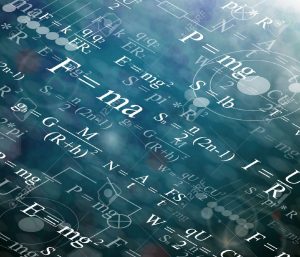Introduction – You are That/ Tat Tvam Asi
One of the five great sayings (mahavakyas) of Vedanta which proclaims the highest truth of Non-Duality or Advaita is “Thou art That” – Tat Tvam Asi, occurring in the Chandogya Upanishad in 6.8.7. Here “Tat” refers to Brahman/Self. So in the most common sense rendering of the statement, it means – “You are Brahman”. This saying is not saying, “You must ‘become’ Brahman”. What it says is that one is already Brahman. Such is the case and one just has to know it to be so.
I had to bold and italicize the last lines of this paragraph because even when it is clearly stated, people are not able to overcome this notion of “becoming”. This is seen in the most advanced ‘practitioners’ of Advaita. In fact this notion of “becoming” is actually Maya, which keeps one tied to doership. This Maya is extremely hard to overcome, a fact which was anticipated and stated, both by Gaudapada and Shankaracharya, whom I shall be quoting in articles coming subsequently in this series.
In fact, this sense of Maya or “becoming” or “doership” is so powerful and so blinding that even after the Mahavakya says this to be the case; even after I shall show that all forms of doing are Maya; after giving all forms of quotes, logic and arguments: the notion of Maya/becoming/doership is very hard to root out. The Bhagavad Gita gives words to this predicament in the verse,
Among thousands of men, one perchance strives for perfection; even among those successful strivers, only one perchance knows Me in essence
Bhagavad Gita, Chapter 7.3 Continue reading




